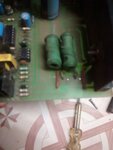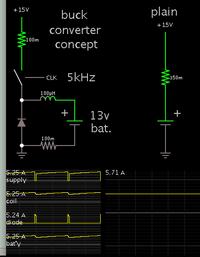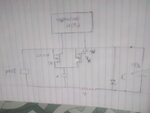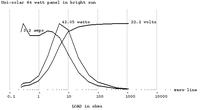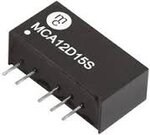diksha.k
Member level 5
thanks,
As what i have seen on net some other approaches are:
Keep the voltage across battery constant i.e:
if the panel voltage is increasing then controller will keep constant voltage at the load for this it will try to reduce the PWM(to reduce load voltage) and in-turn increasing the current.
If panel voltage decreases then PWM increases to maintain same voltage at reduced current.
How about this approach?
As what i have seen on net some other approaches are:
Keep the voltage across battery constant i.e:
if the panel voltage is increasing then controller will keep constant voltage at the load for this it will try to reduce the PWM(to reduce load voltage) and in-turn increasing the current.
If panel voltage decreases then PWM increases to maintain same voltage at reduced current.
How about this approach?

